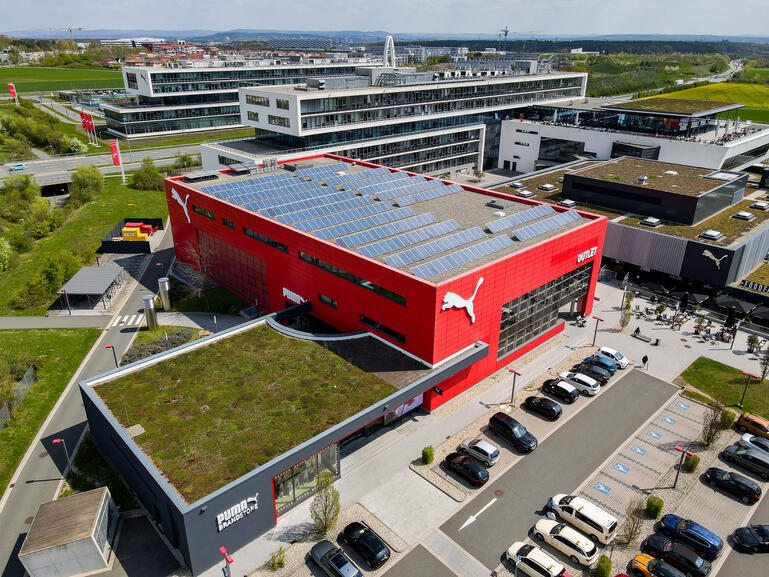Sports company PUMA and RE&UP Recycling Technologies have signed a Letter of Intent to scale a fully circular textile solution, transforming textile waste into RE&UP’s Next-Gen Recycled Cotton Fibers and Recycled Polyester Chips.

Circularity is one of the focus areas of PUMA’s Vision 2030 sustainability goals and the company has already scaled up its RE:FIBRE textile-to-textile recycling program, producing its replica football jerseys out of an increasing share of recycled textiles.
RE&UP has become an important partner for next generation raw materials in the RE:FIBRE program, supporting PUMA’s ambition to reduce its reliance on bottle-recycled polyester.
“As part of our Vision 2030 goals, we want to have 30% of our polyester fabric in apparel fibre-to-fibre recycled by 2030 and our collaboration with RE&UP opens exciting possibilities for integrating virgin-equivalent recycled materials into our products,” said Howard Williams, Director Global Innovation Apparel & Accessories at PUMA. “These materials offer the performance we need while helping us achieve our circularity goals.”
As part of the expansion, PUMA will introduce RE:FIBRE to the Americas, leveraging RE&UP’s recycled raw materials within its local supply chain. By 2030, PUMA aims to use 30% fibre-to-fibre recycled polyester fabric for its apparel products.
RE&UP’s recycling technology can process diverse textile feedstocks, including post-consumer and post-industrial waste, as well as complex blended textiles like polycotton and polyester-elastane materials, traditionally difficult to recycle.
“We are proud to elevate our collaboration with PUMA to the next level, building on our existing work through PUMA’s RE:FIBRE program,” said Özgür Atsan, Chief Commercial Officer at RE&UP. “PUMA, as one of the most forward-thinking brands in the industry, shares our vision for closing the recycled material gap. The proven quality of our products, our ability to process diverse textile compositions, our annual capacity of 80,000 tons, and our commitment to renewable energy reinforce our mission to produce next-gen materials and establish circularity as the standard for the textile industry.”